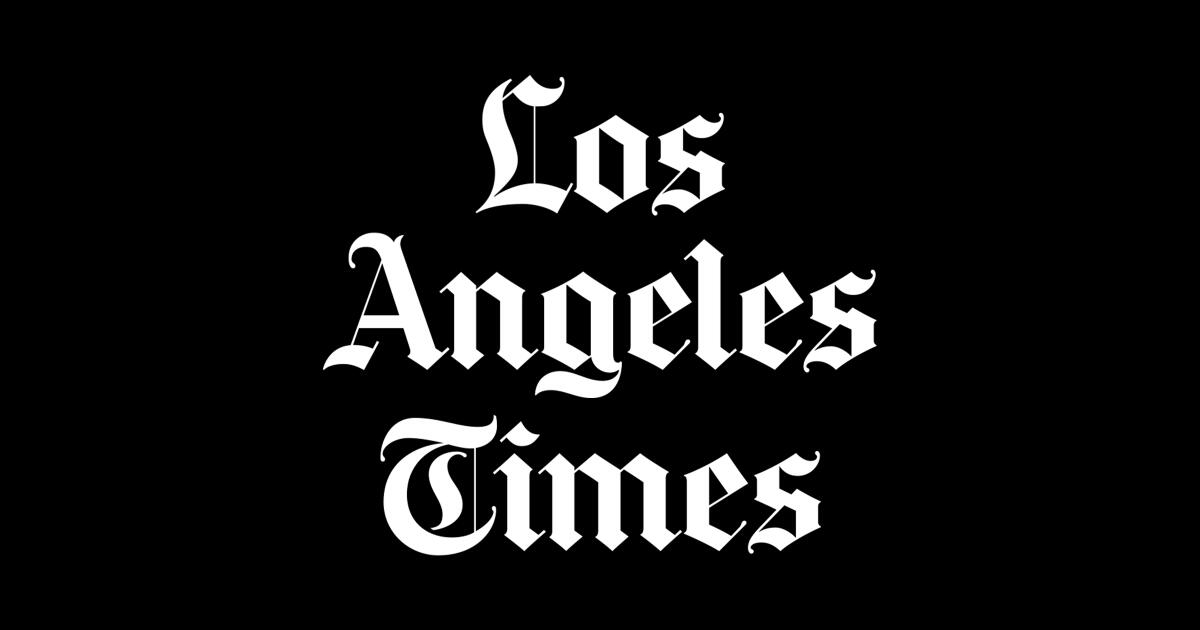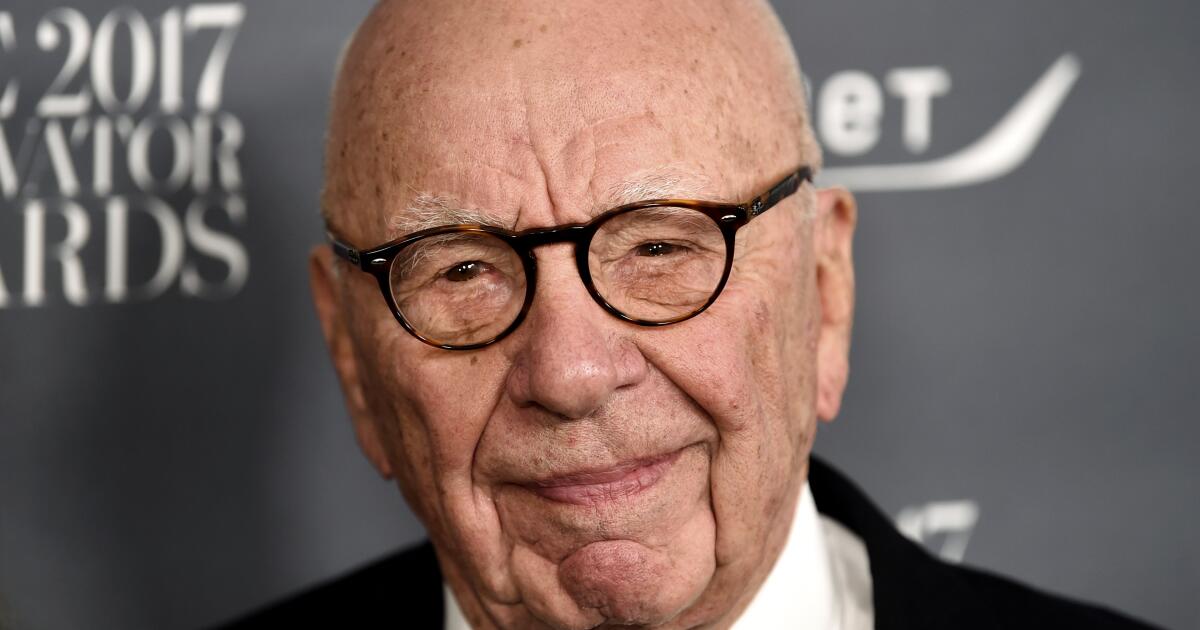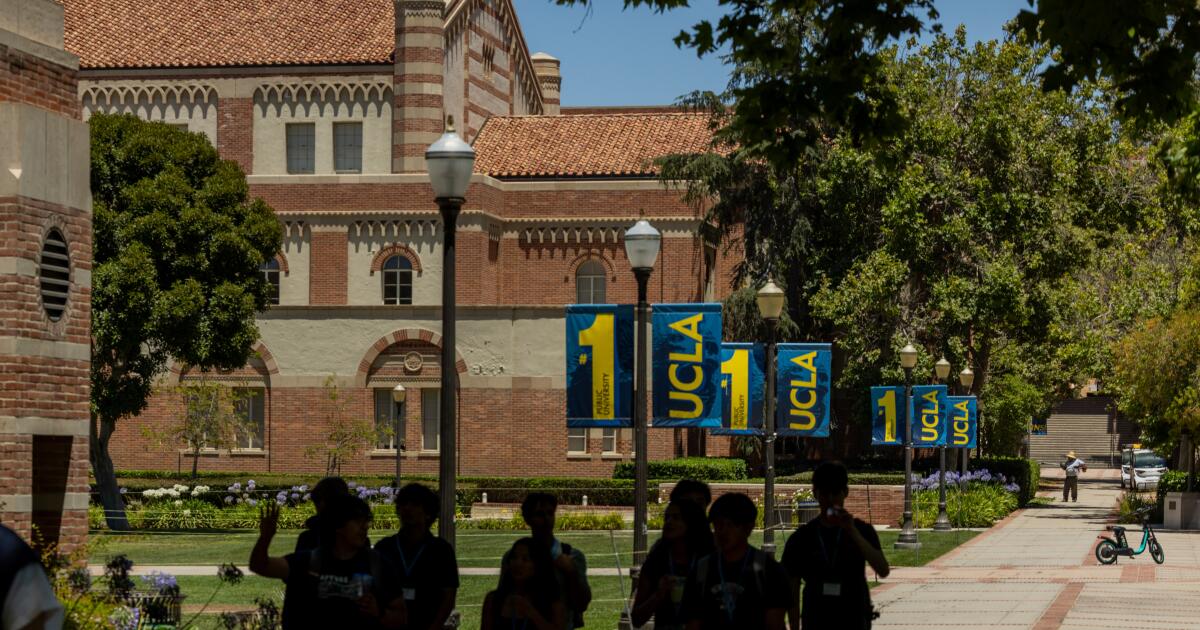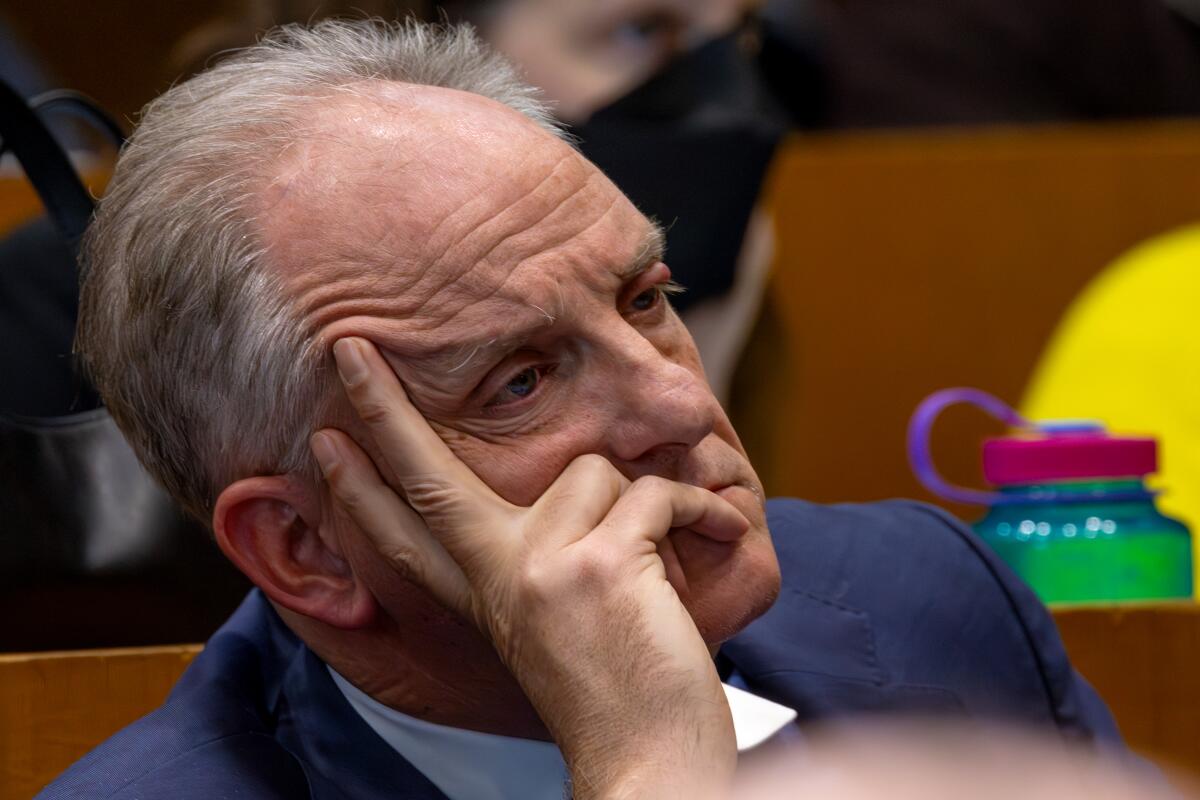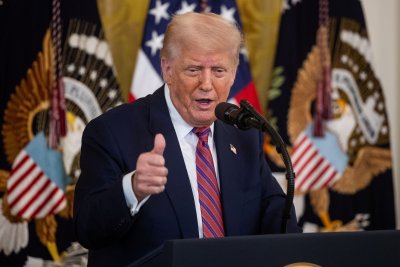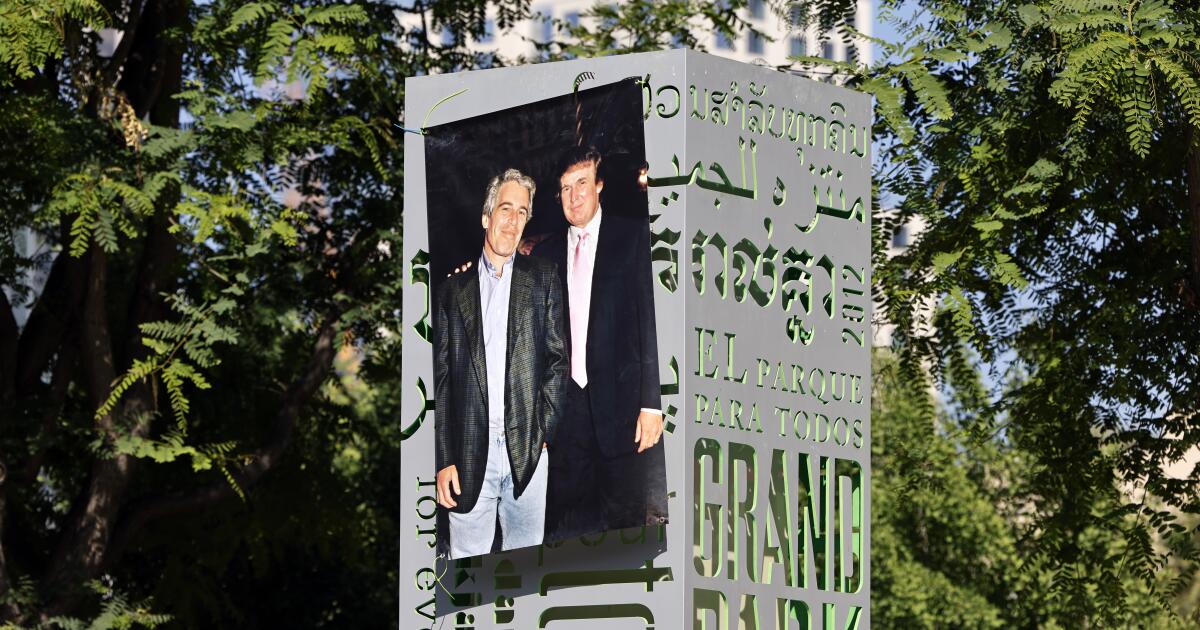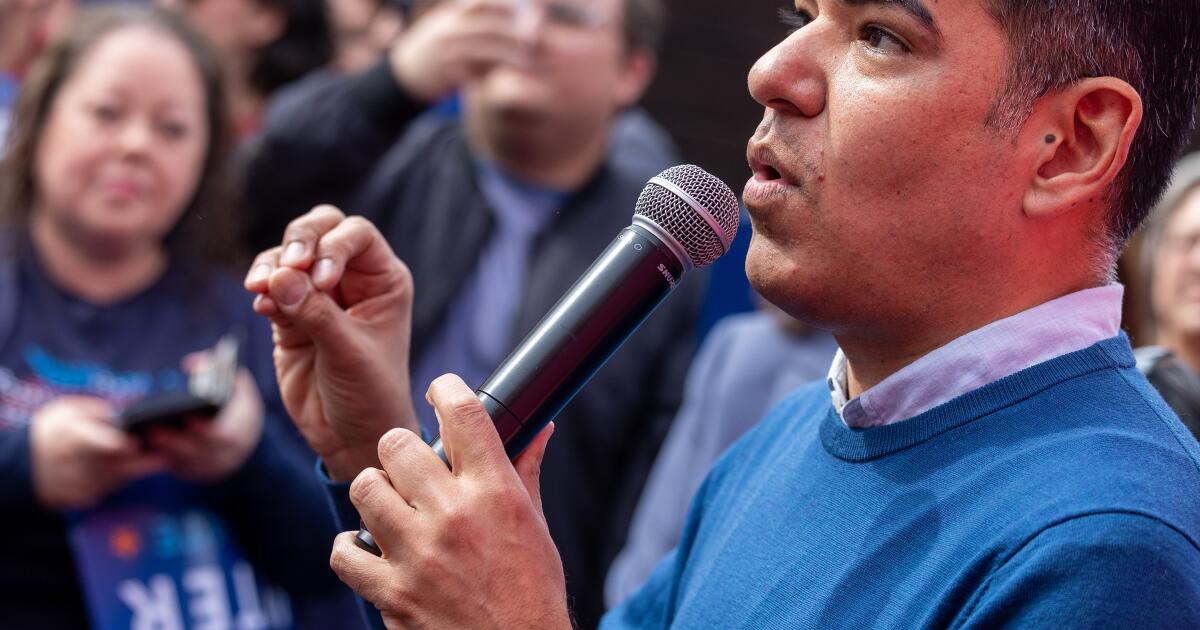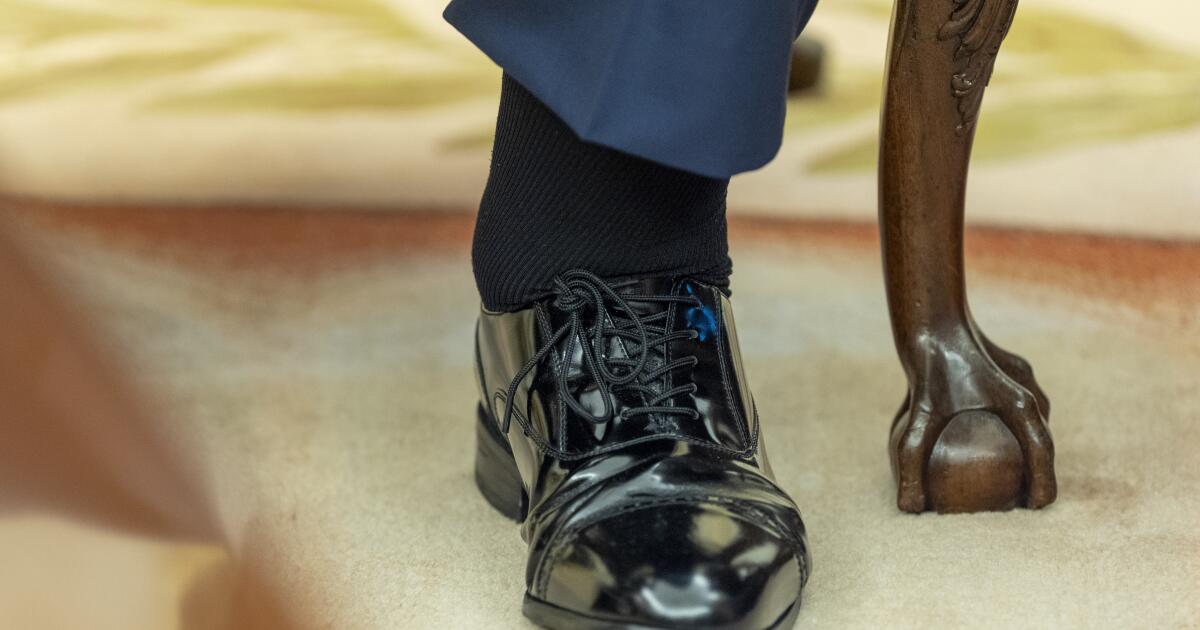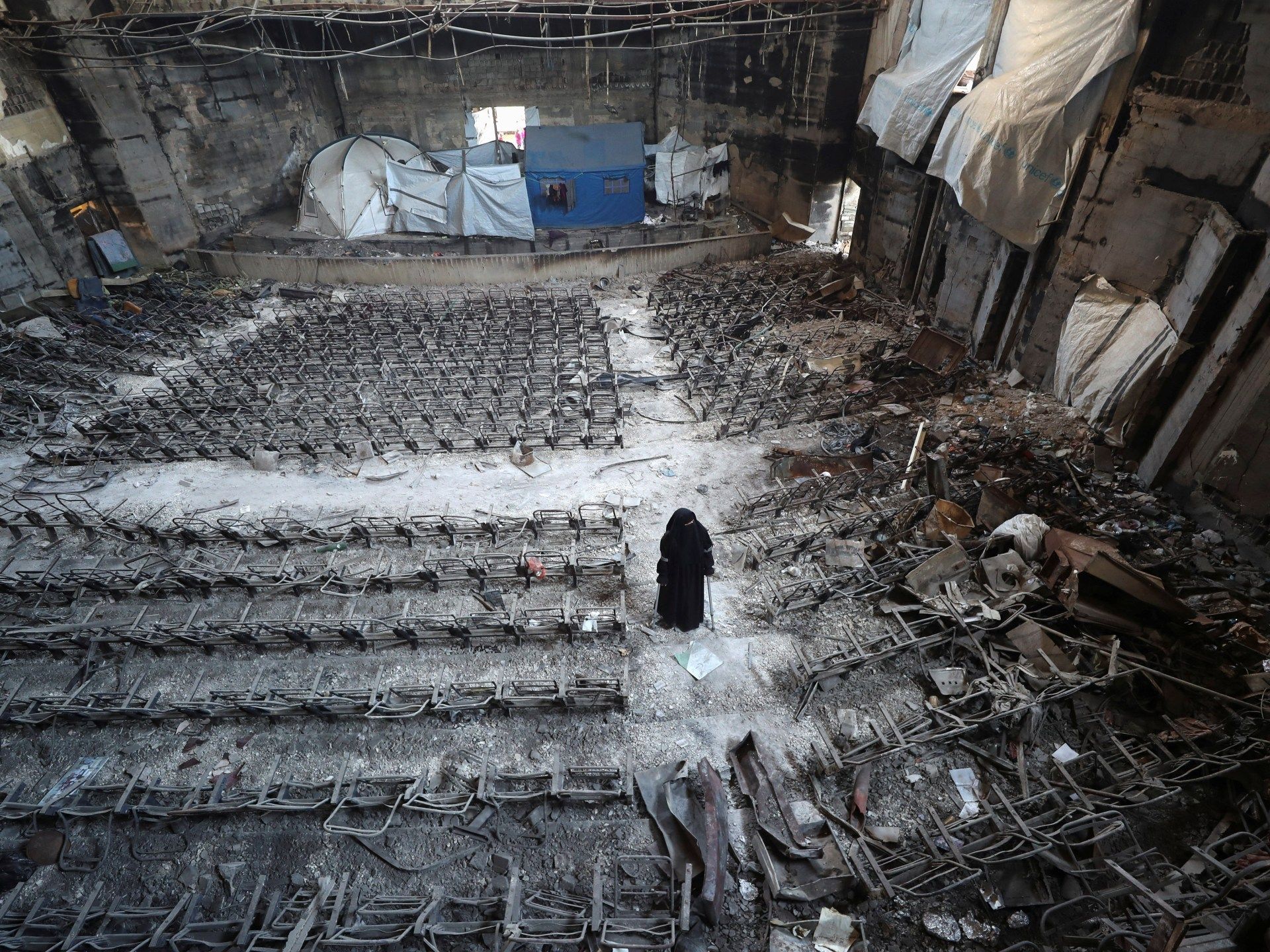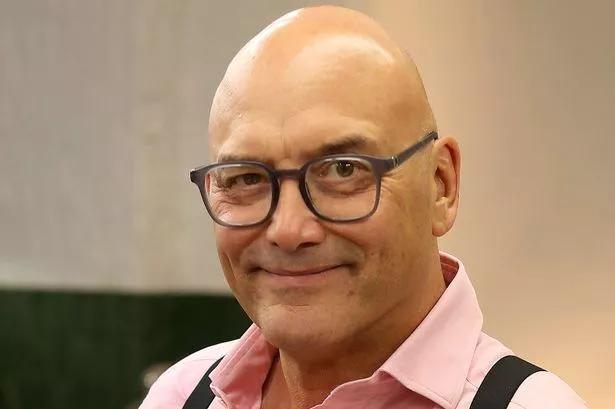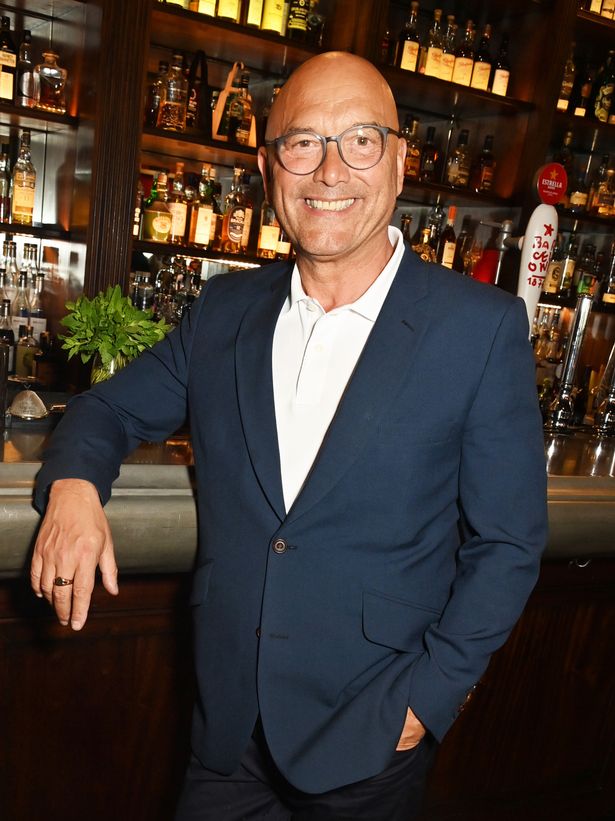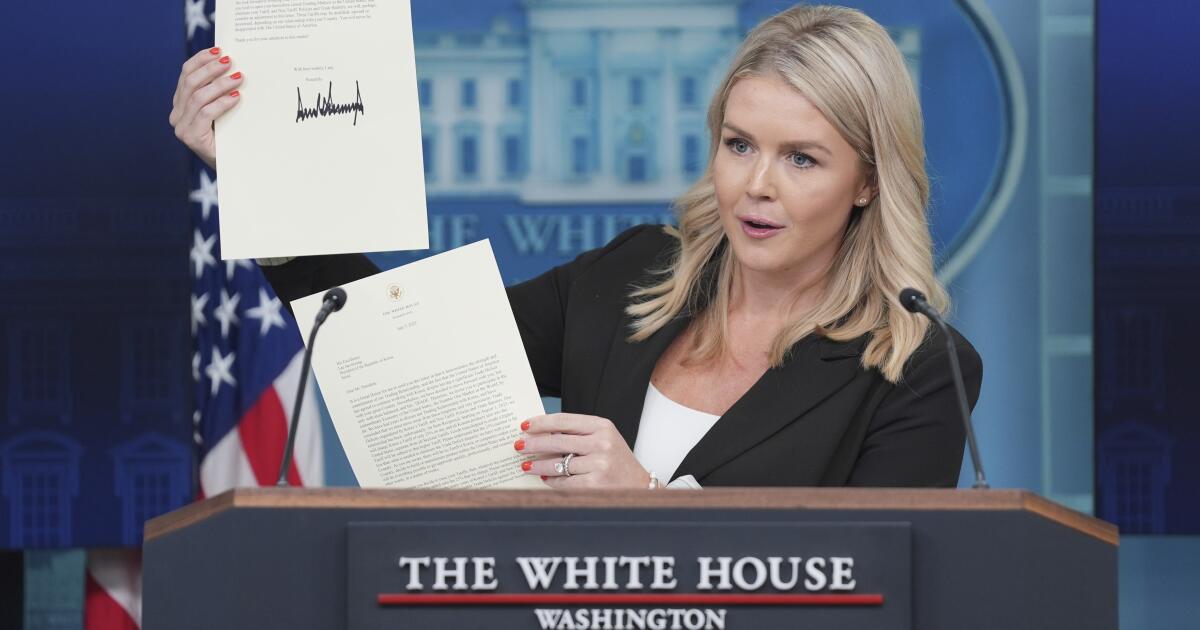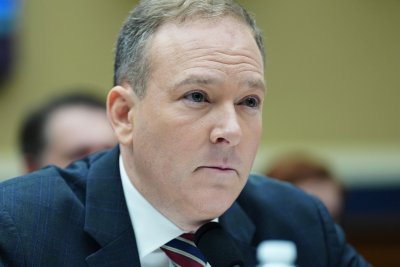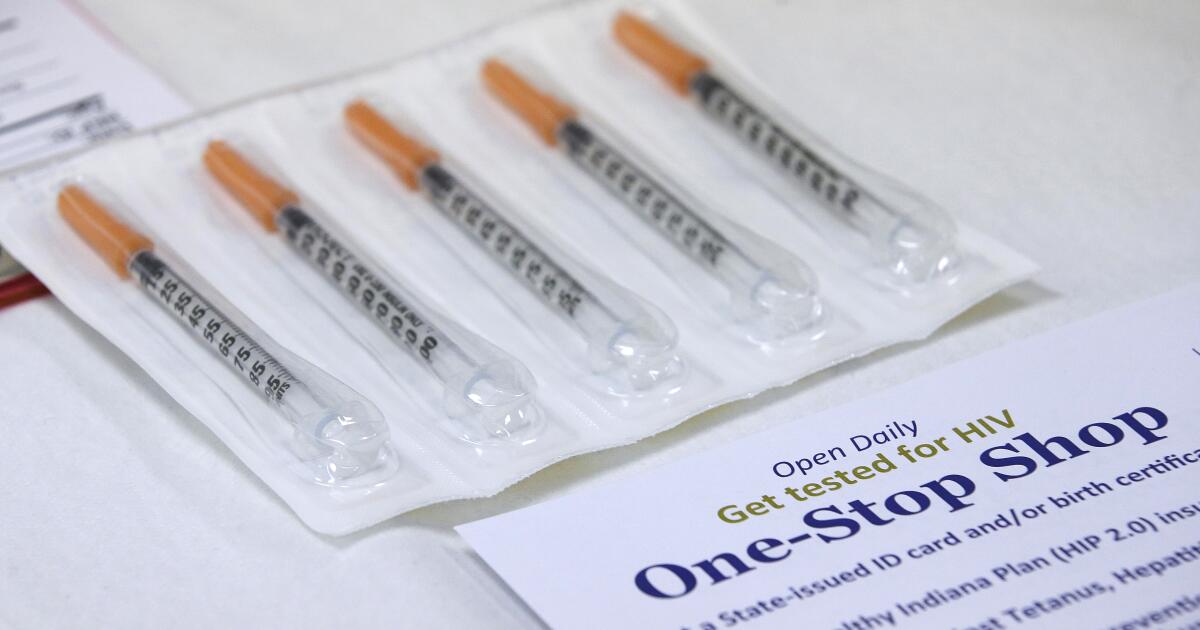The BBC has told Greg Wallace that they don’t believe he’ll change his behaviour in a scathing letter from compliance boss Claire Powell that has been shared with The Mirror
Gregg Wallace struggles to grasp the difference between appropriate and inappropriate behaviour in the workplace, BBC bosses claim. And in a letter sacking him from his MasterChef job, the corporation insisted he is unlikely to change amid accusations that include groping, flashing and making sexual comments that go back years.
While the 60-year-old has admitted using inappropriate language at times, he denies the more serious allegations and has now hired an “aggressive” lawyer who may challenge his axing. In the letter from the BBC to Wallace, extracts of which have been seen by the Mirror, compliance boss Claire Powell refers to the findings of a law firm’s probe into his behaviour – which are yet to be released.
She said: “I do not have the confidence that you can change what seems to be learned behaviour for you to make what you perceive to be jokes in the work -environment, without understanding the boundaries of what is appropriate.
“You acknowledge some of your comments have offended or upset people. But it is clear that you struggle to distinguish the boundaries between appropriate and inappropriate -behaviour in the workplace, as well as lacking an awareness of why your behaviour impacts others.
“I do not have confidence that your behaviour can change.”
A source close to Wallace said the TV chef claims the letter is unfair. But show producers Banijay are understood to be in no doubt about the next steps that need to be taken after the report by law firm Lewis Silkin.
The insider said the letter refers to Wallace’s autism and appears to accept his condition. The source said: “He’s been formally diagnosed with autism, a recognised disability, but the BBC seems to be saying it can’t cope with a disabled person. It sounds a lot like discrimination to us.”
Wallace is now understood to have hired Dan Morrison, one of the UK’s top litigation lawyers who has worked with Nigel Farage and footballer John Terry.
His firm’s profile page states: “Dan has recovered billions of pounds for his clients over 25 years of legal practice. He is known for his aggressive approach to litigation and his ability to negotiate favourable settlements for his clients.”
Wallace is expected to try to sue the BBC, although it is not yet clear if this will be for unfair dismissal, or something else.
He was warned by the BBC after a complaint was raised about him in 2018 on the show Impossible Celebrities. He apologised and was offered counselling.
Wallace was told in a meeting to change his behaviour and had coaching the following year. There were also complaints about him that same year on MasterChef. He was given a dressing down by Kate Phillips, who was then controller of entertainment and is now the BBC’s chief content officer.
She reportedly told Wallace his behaviour had been -“unacceptable and cannot continue”. BBC News has claimed that 50 more people have made claims about him.
Banijay last night declined to comment. The BBC also said it would not comment beyond the statement issued on Tuesday, which stated: “Banijay UK instructed the law firm Lewis Silkin to run an investigation into allegations against Gregg Wallace.
“We are not going to comment until the investigation is complete and the findings are published.”
Wallace insisted earlier this week: “I will not go quietly. I will not be cancelled for convenience.”
Join The Mirror’s WhatsApp Community or follow us on Google News , Flipboard , Apple News, TikTok , Snapchat , Instagram , Twitter , Facebook , YouTube and Threads – or visit The Mirror homepage.
